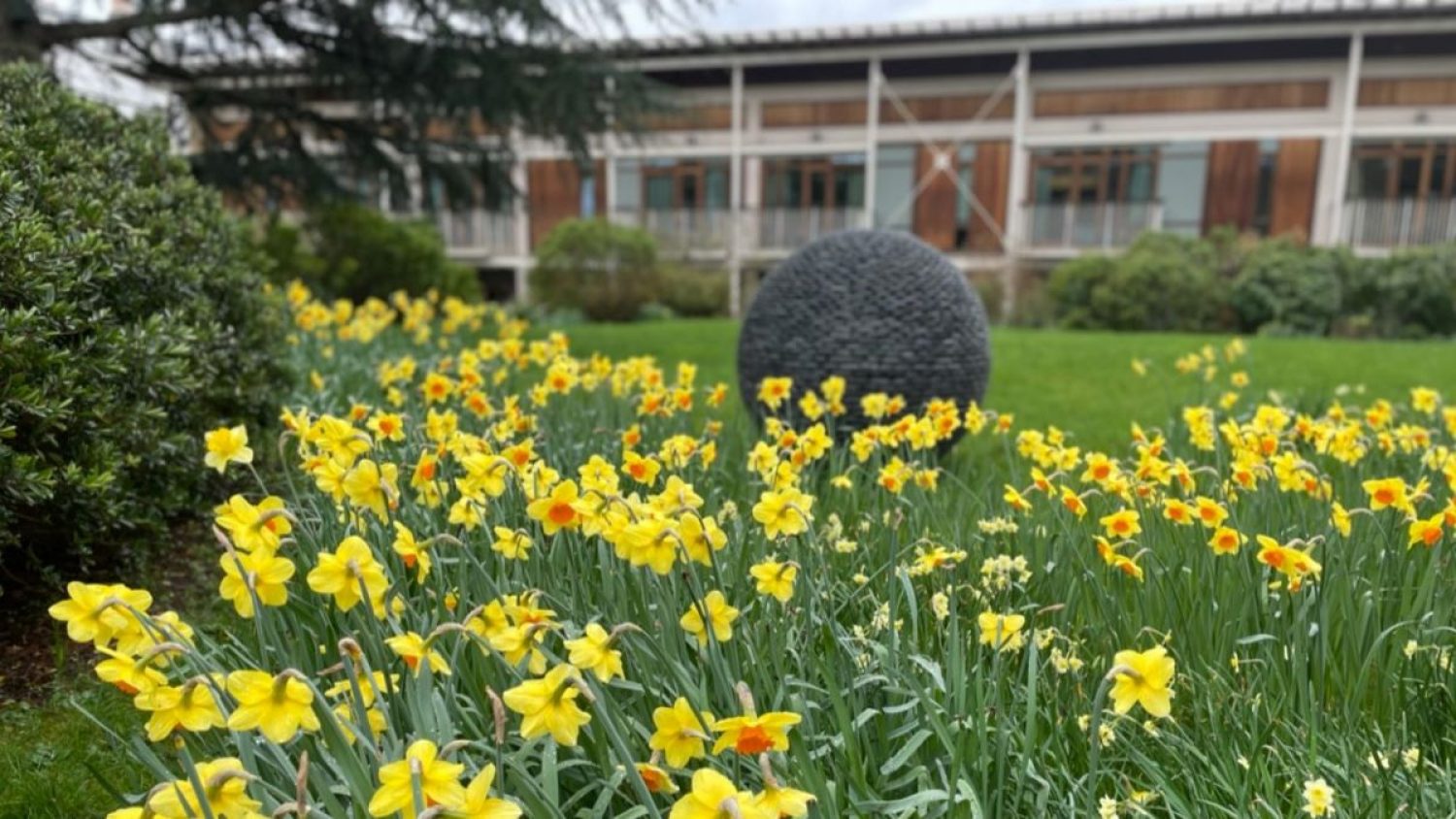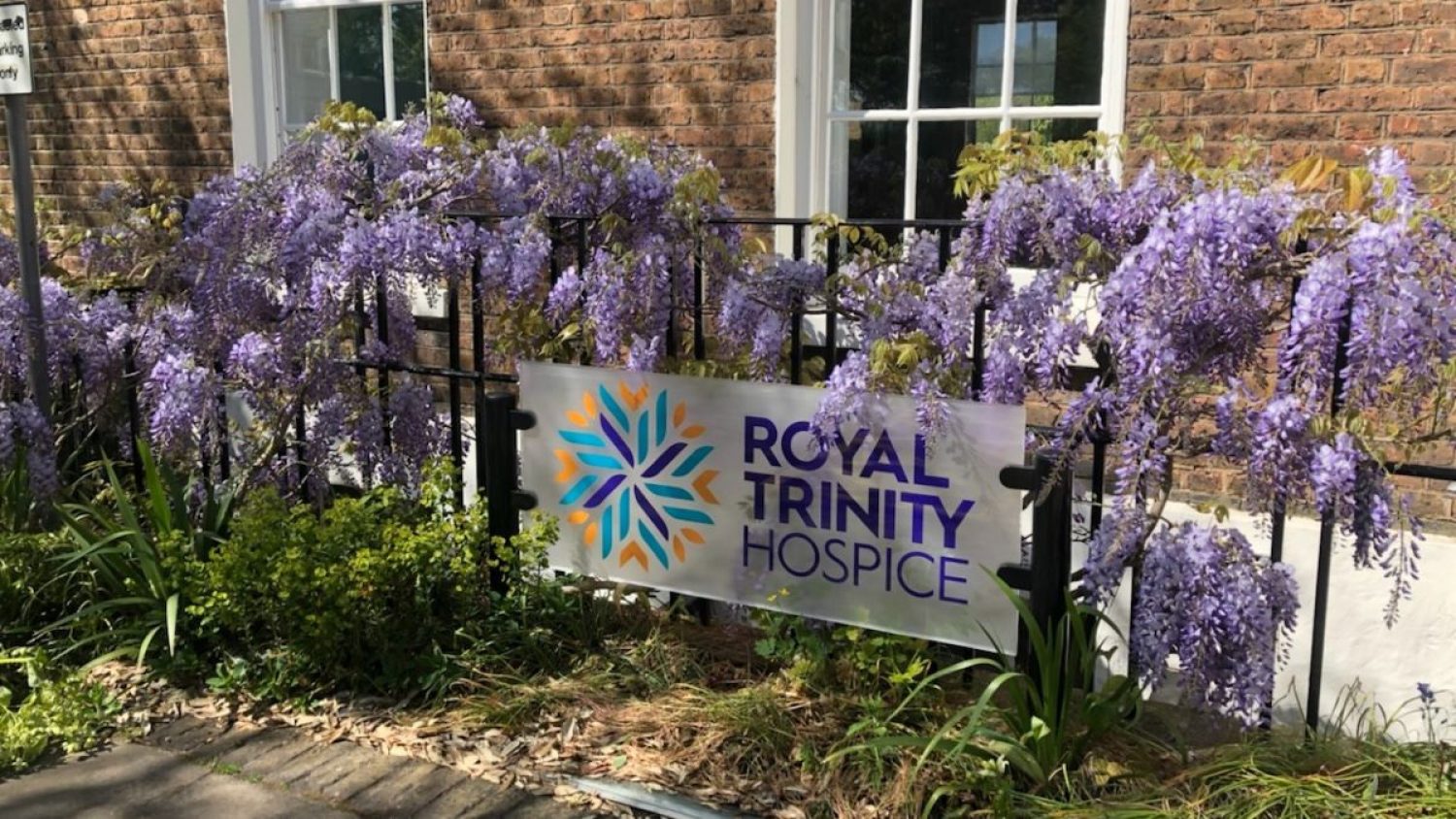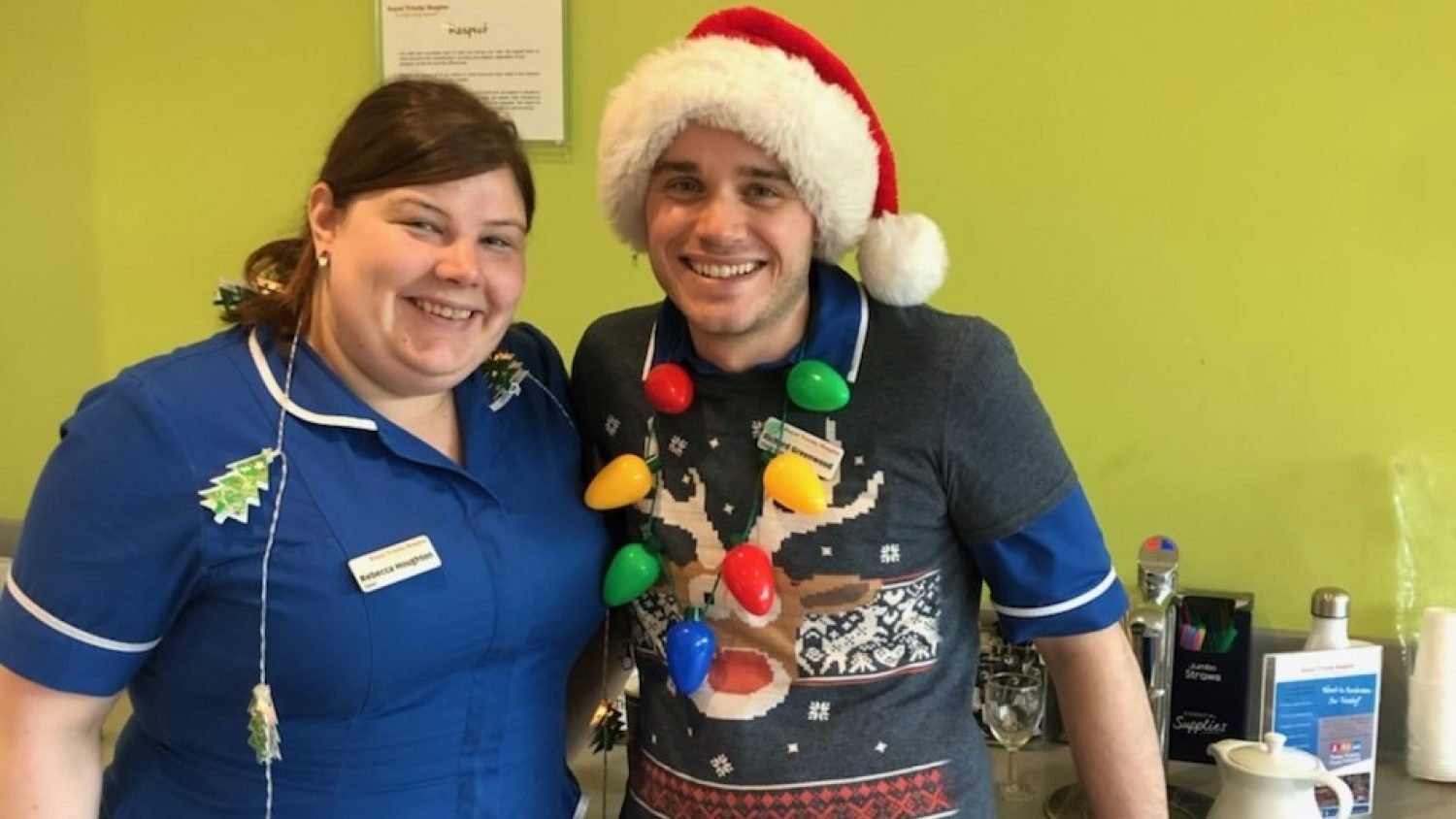Four minute read
Clare Montagu was Chief Operating Officer at Royal Trinity Hospice in Clapham for seven years before she joined Poppy’s as our CEO.
When I started at Trinity, I had no real idea what hospices were about — and what made them so extraordinary for the patients and families they cared for.
Here are six things that I wish everyone knew about hospice care — and the reasons why I advise anyone with a life-limiting condition to contact their local hospice, no matter how they are feeling.
1. The hospice is not the building where you come to die.
Too many people are scared that being referred to hospice care is their death knell. In fact, hospice care is about much more than what happens in the hospice inpatient unit.
At Trinity, 80% of the care we gave was to people in the community — the majority of people needing specialist palliative care can be looked after in their own homes. Even for those referred to a hospice inpatient unit, many will leave to go home or to a nursing home.
Of course some patients die there — and choose the hospice as their preferred place of death — but my experience was that over 40% of the patients who came to Trinity’s inpatient unit were discharged.
2. Hospices are usually independent of the NHS and receive very little statutory funding.
Hospices pay their staff NHS wages and are inspected, regulated, and held to the same standards of care as NHS hospitals. But, due to a quirk of history, most are charitably funded.
Hospices usually receive a small, but insufficient, NHS contribution to the cost of their care. At Trinity, only about 25% of our funding came from the NHS — the rest came from donations and our charity shops. It was a constant struggle to ensure we had sufficient funds to continue to provide outstanding care.
3. Hospices are about living as much as dying
Everyone knows about the death bit. But our mission at Trinity was to help people make the best of whatever life they had left, in whatever way was meaningful to them.
This could include physiotherapy or occupational therapy to enable people to stay independent for as long as possible. Or psychological support to help someone face the reality of a life-limiting illness. Or practical support, like financial advice to ensure that people accessed the benefits they were entitled to.
Most importantly, it was about going the extra mile. I remember we organised a last-minute wedding in our inpatient unit, so that a young man could marry his partner before he died. The registrar came to the hospice; our chefs baked a wedding cake; we organised some flowers; and guests came to the unit in heels and fascinators.
4. Hospices work around the patient, rather than the institution.
While clinicians working in a hospice are all NHS-trained, and many retain an NHS practice alongside their hospice work, all would acknowledge that the hospice ethos and environment is very different from the NHS.
NHS services — both inpatient and community — are often stretched. While the care is usually good, for many people, the bureaucracy can make it almost impossible to organise bespoke care and support.
A hospice starts with the needs of the patient and their family and works from there. While the services may be similar — nursing, physiotherapy, social work and so on — the way in which they’re delivered feels very different.
For example, we looked after a woman who had no family and who chose the inpatient unit as her preferred place to die. She was outdoorsy and she said she had always wanted to die under a tree. So, when the doctors judged she was in her final hours, the team wheeled her bed into the garden. A healthcare assistant sat with her under the tree, until she died. Just as she wanted. This would be unimaginable in an NHS hospital.
5. You can have fun in a hospice.
When I told people that I worked in a hospice, they would often grimace and say with a heavy tone, “that must be very difficult”. They assumed that hospices were gloomy and depressing. But we made sure that there was laughter and light in the hospice, for both staff and patients.
If there was a celebration, there would be cake. Always. We had regular parties in the hospice building, including on the inpatient unit.
One of the happiest days was Christmas, when staff, patients and their families would eat together, with turkey and all the trimmings cooked by one of our chefs. Families told us that they appreciated the sounds of life going on around them, even if their personal circumstances were sad.
6. Kindness and compassion run through hospices like a stick of rock.
I have never worked anywhere with such emotionally intelligent and compassionate colleagues. Everyone at Trinity — not just the nurses, doctors, therapists, but also the chefs, the porters, the finance team, and all those in between — provided outstanding care to patients and families.
I saw daily the ways in which non-clinical, as well as clinical, staff demonstrated acts of kindness to people who were struggling. It was a privilege to be a part of the hospice team.
Find out what a palliative care doctor does and explore what a good place to die looks like.
To stay in touch with all the latest news and updates from Poppy's by email, sign up here.


